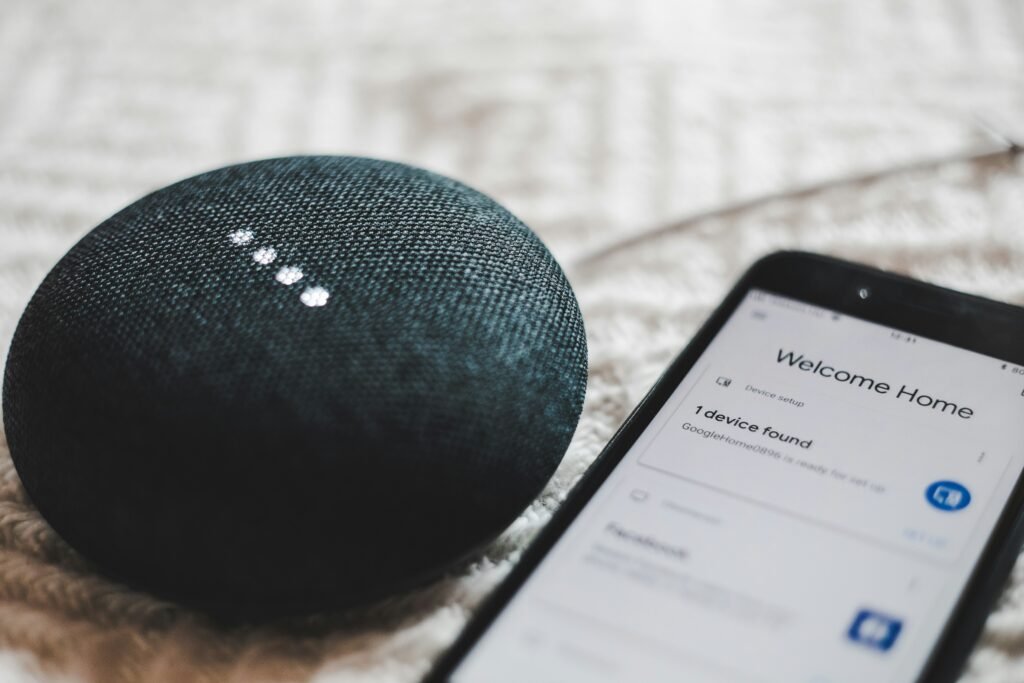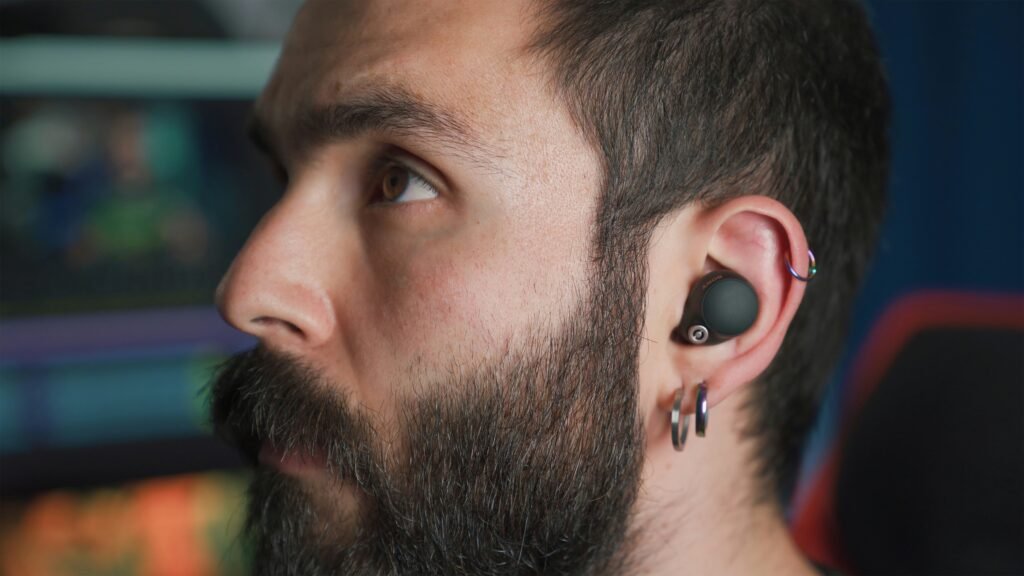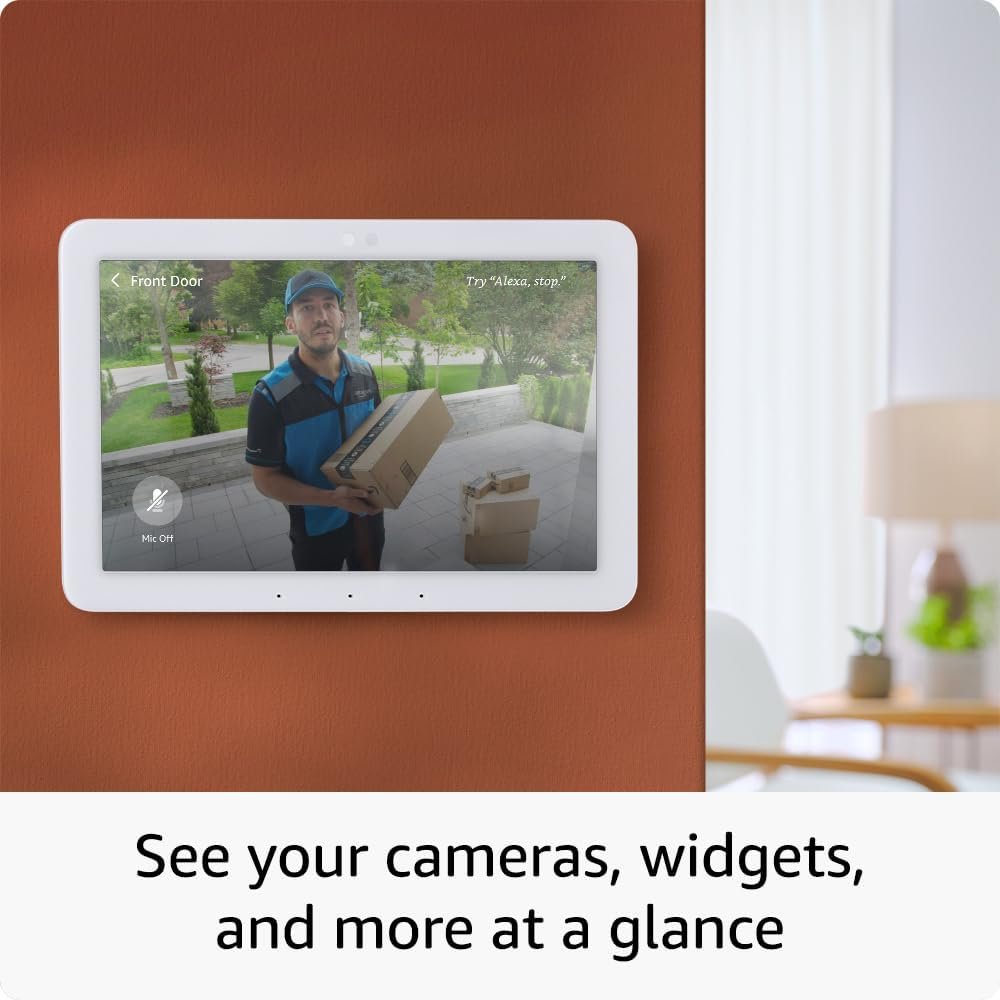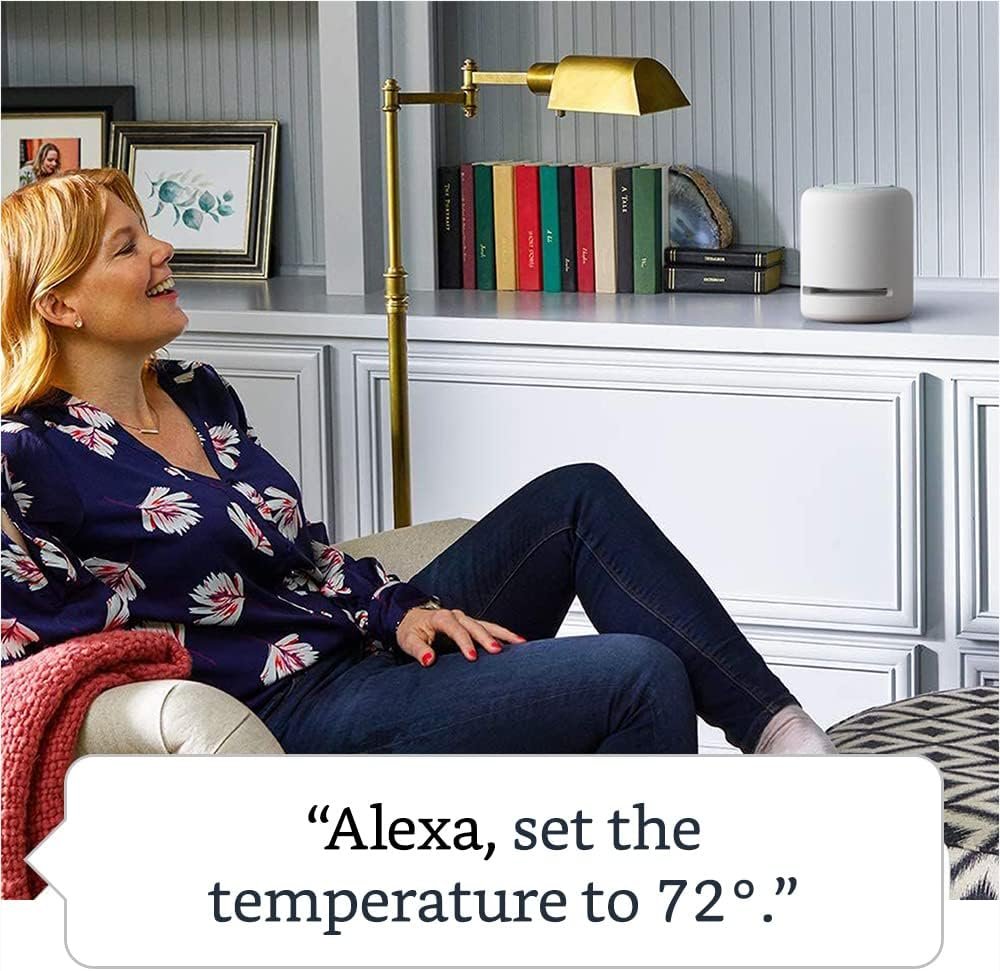Have you ever wondered what turns a regular house into a smart home? In today’s modern age, where technology has permeated practically every facet of our lives, the evolution of our living spaces into smart homes has become a fascinating and very achievable reality. I find this transformation intriguing. From smart thermostats that adjust the temperature based on my preferences to intelligent lighting systems that respond to my voice, the concept of a smart home offers convenience, efficiency, and a dash of futuristic living. Let’s explore what qualifies as a smart home and how you might shape your dwelling into one.

Understanding the Concept of a Smart Home
A smart home goes beyond the simple use of gadgets or technology; it is an interconnected ecosystem where various devices communicate to enhance living. At its core, a smart home utilizes internet-connected devices to control and monitor various systems and appliances within the household.
The Basic Components
To better understand, let’s break down the essential components that make up a smart home. Typically, these elements work seamlessly together, offering numerous benefits:
Connectivity: The backbone of any smart home is its internet connection. A reliable and fast internet connection is necessary for devices to communicate efficiently.
Smart Devices: These include lighting systems, thermostats, security cameras, locks, and more. They are controllable via smartphones or voice commands.
Central Hub: Usually, a smart speaker or a dedicated app acts as the central hub, coordinating communication across different devices.
Internet of Things (IoT): The technology that connects different devices allows you to control them remotely.
Each component brings its unique contribution to create an integrated, efficient environment that can enhance everyday living.
The Rise of Smart Home Technology
The origin of smart home technology can be traced back to innovative ideas that have gradually evolved. Historical milestones provide the context for the advancements we see today.
Historical Context
It’s fascinating to consider that the concept of home automation dates back to early innovation. The invention of simple electrical systems paved the way for the modern smart home. From the advent of programmable coffee makers to integrated security systems, each step has been essential in this evolution.
Technological Advancements
Technological progress has been rapid in recent years. The miniaturization of computer chips and advances in wireless communication have dramatically impacted what we can achieve in home automation today. These advances have made smart homes both more accessible and more affordable for the average person, including me.

Core Benefits of a Smart Home
What drives people to transform their living spaces into smart homes? There are numerous advantages, making a smart home not just trendy but ultimately beneficial.
Convenience and Control
Imagine controlling your lights, thermostat, and even appliances, all from a single device. This level of convenience is one of the driving forces behind the popularity of smart homes. With a centralized system, managing home affairs becomes straightforward and efficient.
Energy Efficiency
Smart homes contribute significantly to energy conservation. By monitoring and controlling energy use with precision, smart devices can help reduce electricity consumption. For instance, smart thermostats can learn my schedule and adjust heating or cooling when I’m not home, ensuring minimal energy waste.
Enhanced Security
Security is paramount, and smart homes enhance safety by integrating advanced technological solutions. Whether it’s smart locks that notify you if you’ve left a door unlocked or cameras that let you monitor your home remotely, these systems are designed to keep your home as safe as possible.
Health and Wellness
Moreover, smart homes can promote wellness. With the increasing availability of health-centric devices like air quality monitors and circadian lighting systems, my living environment supports not just my comfort but my well-being.
Essential Smart Home Devices
Transforming a house into a smart home begins with selecting the right devices. Here are several categories to consider:
Smart Speakers and Hubs
These devices serve as the control center for your smart home ecosystem. Examples include Amazon Echo and Google Nest Hub, which respond to voice commands and manage other connected devices. I appreciate how they serve multiple purposes, from playing music to setting reminders or alarms.
Smart Lighting
Smart lighting systems allow you to adjust brightness or change colors through an app or voice command. This transforms the ambiance and can lead to energy savings as they often include energy-efficient LEDs.
Smart Thermostats
These devices regulate the temperature in your home efficiently. They optimize energy use by learning your schedule and preferences. I find that smart thermostats often quickly pay for themselves through energy savings.
Smart Security Systems
Having peace of mind is invaluable, and smart security systems provide that reassurance. They offer live video feeds, alert systems, and even the ability to lock and unlock doors remotely. Installing these has made me feel much more secure, especially when I’m away.
Smart Appliances
Smart refrigerators, ovens, and washing machines are becoming more common. These appliances not only streamline daily chores but often integrate data capabilities to further enhance convenience.

Integrating Devices for Unified Control
A smart home is as smart as its ability to integrate different devices into one unified system. Understanding how to connect and manage these devices is crucial for seamless operations.
Choosing a Smart Home Platform
Several platforms operate as command centers for smart homes, such as Apple’s HomeKit, Amazon’s Alexa, or Google Assistant. Each platform has its strengths, and choosing one can depend on my existing devices and personal preferences.
| Platform | Key Features |
|---|---|
| Amazon Alexa | Widely compatible, variety of skills and devices |
| Google Assistant | Best voice recognition, integrates with Google services |
| Apple HomeKit | Strong privacy controls, integrates with iOS devices |
Connectivity Protocols
Equally important are the various connectivity protocols, such as Wi-Fi, Zigbee, and Z-Wave, which ensure my devices communicate effectively.
Automated Routines
Creating automated routines enhances the smart home experience. For instance, I can set morning routines where lights turn on, and news updates are provided.
Challenges in Creating a Smart Home
As intriguing and beneficial as smart homes are, there are challenges one should be mindful of.
Privacy Concerns
Data privacy is a legitimate concern. With numerous devices collecting data, ensuring that personal information is secure from unauthorized access is essential.
Technical Glitches
Occasionally, devices may lose connectivity or encounter bugs. Regular updates and a good internet connection minimize disruptions, but some patience is sometimes required.
Compatibility Issues
Not all smart devices are compatible with each other. When building a smart home, it’s beneficial to check device compatibility with your chosen central hub or platform.
Trends in Smart Home Technology
Staying updated with smart home trends helps me make informed decisions when enhancing my living space.
Increasing Use of AI
Artificial intelligence is becoming increasingly integrated into smart devices. AI-driven devices are learning to anticipate needs, making homes even more intuitive. I find it fascinating how these devices learn from my habits.
Sustainable Smart Homes
Eco-friendly smart home technology is on the rise, providing eco-conscious solutions that contribute less to environmental footprints.
Voice-Activated Innovations
Voice recognition technology continues to improve, offering smoother interactions. It’s growing increasingly dependable and is likely to become an even more pivotal part of smart homes.
Building Your Own Smart Home
Embarking on creating your smart home can seem overwhelming, but a strategic approach makes it manageable and rewarding.
Starting Small
A recommended approach is to start small, perhaps with a single smart device like a thermostat or light bulb, then gradually expand. This incremental approach allows me to adapt and understand how to integrate more devices over time.
Budgeting and Planning
Planning a budget for smart home devices is essential. While some technologies may require a significant initial investment, it’s essential to consider the savings and benefits over time.
Conclusion
Transforming a regular residence into a smart home opens the door to increased convenience, security, energy efficiency, and quality of life. By understanding what qualifies as a smart home, I can make informed decisions about which technologies best fit my lifestyle. With advances continuing at a rapid pace, the opportunities for making our homes smarter are ever-expanding. Embracing this technology brings not just new gadgets into our lives but the promise of an easier, more connected way of living.



